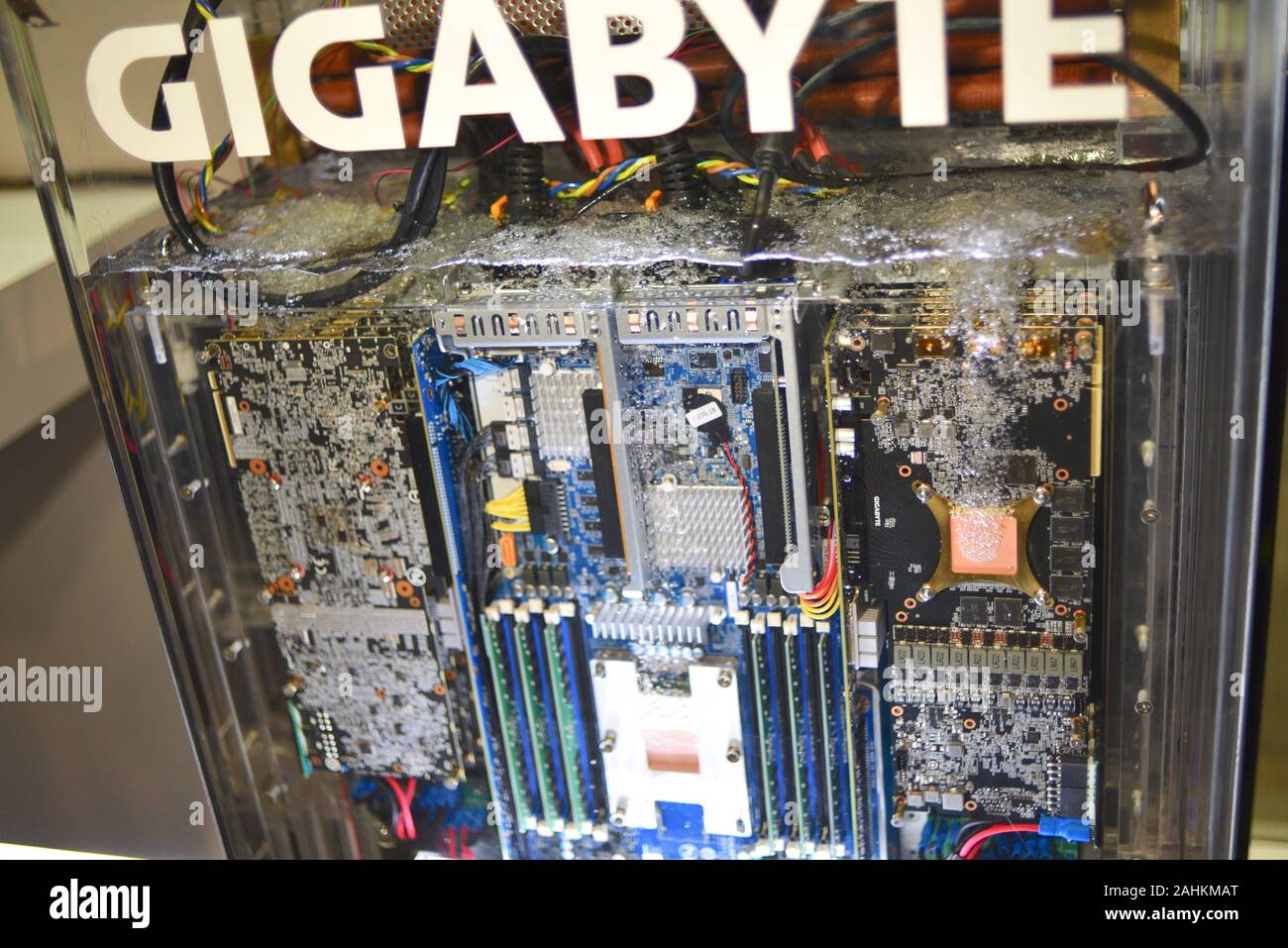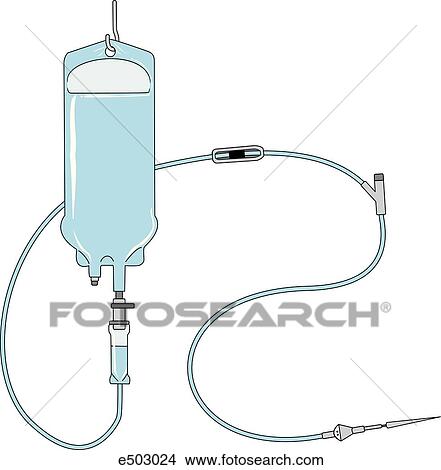
In course sites, Instructors (maintain in project sites) are allowed to reorganize their images in the Gallery Tool.Persistence & Permissions - see functional requirements above.Requirements for the Gallery Tool (required by the Component) See keyboard-only scenarios for detailed description of interactions. The same "interesting moments" are relevant. The keyboard interaction should be as rich as the drag and drop interaction.

Component will include the ability to move images around as a keyboard-only user in addition to the default behavior.This is necessary for discovery since dynamic movement of thumbnails is fairly new web interaction. The first 5 sessions a user "moves" images around they will see the additional "you can move me" identifier.There is visual indication that the images are new. New images added to the collection are added at the beginning of the sequence in alphabetical order (uploaded from resources).Changes to the thumbnail order in Image Gallery are reflected in the order of the files. Image order is synched between Image Gallery Tool and the Image Gallery Tool.In course sites, students ("access" in project sites?) are allowed to randomly organize the images in the Gallery Tool for their session (see "Review exam study collection" scenario).The reorganization is persistent until the next time the instructor or TA changes the thumbnail order. In course sites, TAs are allowed to reorganize images in the Gallery Tool.The reorganization is persistent until the next time the instructor or TA changes the thumbnail order (see "Displaying images in class site" scenario). In course sites, Instructors ("maintain" in project sites) are allowed to reorganize their images in the Gallery Tool.But this should be easily extendable if needed. What we didn't implement at the moment is the above mentioned and missed checkbox to enable/disable the click-enlarge feature as we didn't see a need for that in the curren project. You can see the Lightbox in a "live demo" if you want to name it that way, just head over to the Moto Lifestyle Website Limitations typo3-neos-nodetypes-textwithimage a.lightbox').fancybox() įor further information on configuring the plugin, have a look at the Fancybox Documentation. In your Site's JavaScript jQuery('.typo3-neos-nodetypes-image a.lightbox. With this class, we can now point the fancybox plugin and enable the lightbox effect only on those images that have that class: What we changed is basically that we wrapped all images into links that point to the original image and have a class="lightbox".

The original file which makes a perfect base can be copied from the Package (in Resources/Private/Templates/NodeTypes/Partials/Image.html). Resources/Private/TypoScript/Root.ts2 prototype(:Image) As the Image-Prototype is rendered as a partial, the solution starts there: We define a new path for the Partials-Directory (where Fluid looks for the Partials-Files): The rendering of pages and content elements in Neos is built on top of the Fluid templating engine. But to enable the Fancybox plugin to work, the genereated Markup for an image in the content section must be modified a bit. The Javascript-Part is based on Fancybox which actually does the whole visual magic. Read on to see how we managed to get that requirement implemented: One possible solution This might sound strange in the first run - but opens a wide range of ways to approach something and gives us (the implementors) a great flexibility which I think is a fine idea. This implies, that certain functionality or features are not provided by the creators of Neos upfront - but can be implemented as needed by everyone that needs it.įor us, this meant that the well known "enable click-enlarge" checkbox from TYPO3 CMS just doesn't exist in Neos - and also no lightbox effect is implemented on content images right away. Neos was designed to provide a small but stable base for content management needs.


 0 kommentar(er)
0 kommentar(er)
